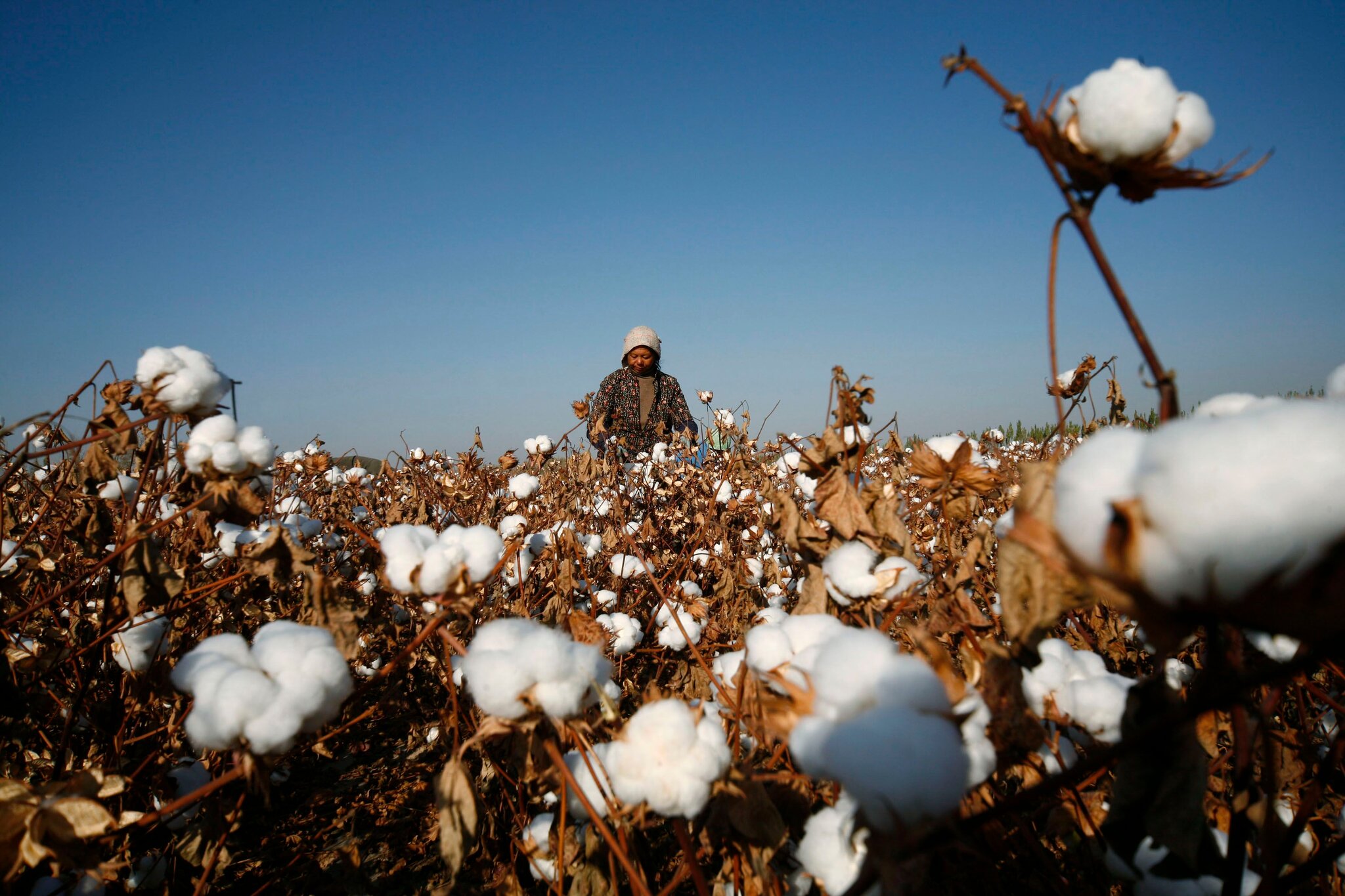Chinese cotton imports slid 44.9 per cent year-on-year in January. Slack global market conditions have hit China’s labor-intensive industries, especially garment and textile production, as well as shoes, toys and furniture. Exports of garment and yarn products fell 12.4 and 7.6 per cent respectively. Shoe exports declined 10.8 per cent.
Orders for garment and yarn products from developed markets have been dwindling since mid 2011. Though many Chinese manufacturers are now less dependent on developed markets, exports are still the mainstay of their businesses, which are dominated by original equipment manufacturing.
Even though the US economy stabilized, it could not offset lethargic demand from the European Union, Japan and many emerging economies. Another factor behind falling cotton imports is the country’s huge inventories. Fast growing domestic cotton output and the policy of paying a floor price for certain agricultural products have forced the government to spend more on storing domestic cotton.
To reduce the burden, government has pushed domestic textile enterprises to use more homegrown cotton in recent years. Growing uncertainties in the world market will prompt garment and yarn producers in China to move up the value chain. They will have to offer high end products and devise new strategies to expand their markets, and small, obsolete factories will be weeded out through competition over the next five years.
China's cotton imports record fall 44.9% fall
- 1
- 2
- 3
- 4
- 5
- 6
- 7
- 8
- 9
- 10
Cotton’s fragile comeback, how the US-China truce is redrawing global fiber map
When Presidents Donald Trump and Xi Jinping announced a fragile peace in Busan last week, most of the attention in... Read more
Viscose freed, industry revived as India’s raw material reforms trigger a new MM…
In a policy reversal that has given some relief across India’s textile ecosystem, the Ministry of Textiles has officially rescinded... Read more
Q3 Lyst Index reveals a turning point, Saint Laurent rises, Loewe slumps
In a fashion industry often driven by noise viral micro-trends, rapid-fire drops, and overstated marketing the third quarter of 2025... Read more
India Fashions a Greener Future: Global Fibre Summit spotlights $100 bn export g…
The world's largest fibre innovation congress, the Dornbirn Global Fibre Conference (GFC) Asia, made a landmark debut in Mumbai this... Read more
Techtextil India 2025: Mumbai kicks off 10th edition, focussing on sustainable a…
The premier trade fair for technical textiles, non-wovens, and composites, Techtextil India 2025, commenced today, November 19, 2025, at the... Read more
Fashion’s Next Playbook: Leaders at WWD summit push for radical transformation
On October 29 and 30, the marble halls of Cipriani South Street became the nerve center of a global fashion... Read more
Tariff turbulence spurs transformation in India’s textile value chain
When the US announced a sweeping 50 per cent tariff on Indian textile and apparel imports, the shockwaves reverberated across... Read more
A Punishing Paradox: Is Made in America unravelling the US textile industry?
The Make America Great Again (MAGA) is initiative aimed at breathing new life into US manufacturing, but its impact on... Read more
India's Textile Sector Sews Up Global Trade Alliances in Singapore: Focus on FTA…
The future of India’s textile and textile machinery sector is poised for exponential growth, driven by strategic international collaborations, notably... Read more
QCO rollback and export boost, the two-step formula powering India’s textile com…
November 12, 2025, could go down as a watershed date in India’s textile history. In a single day, the government... Read more












